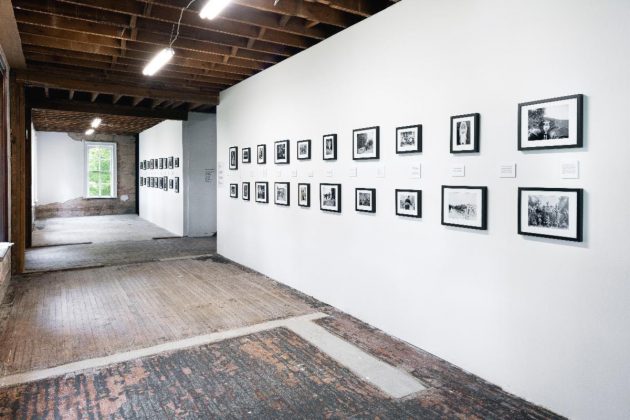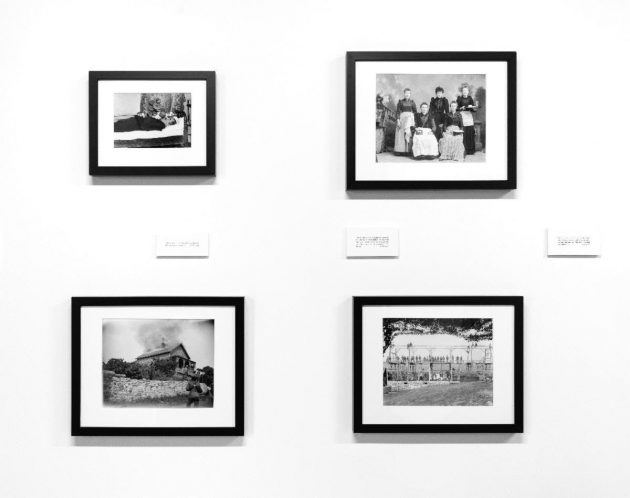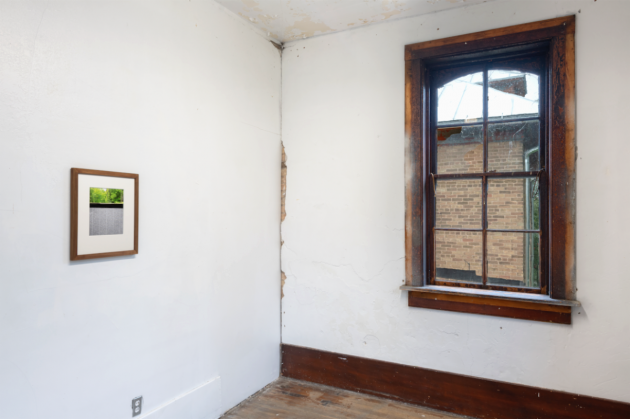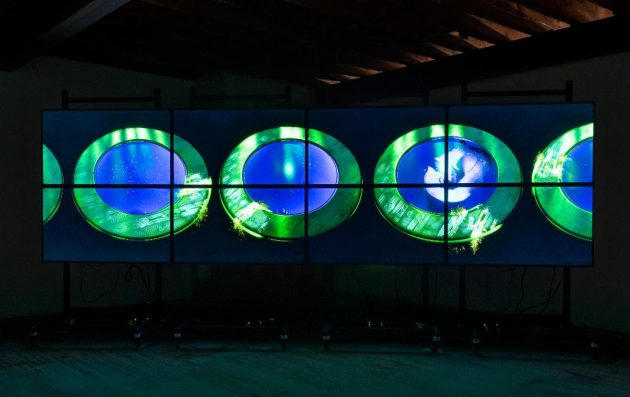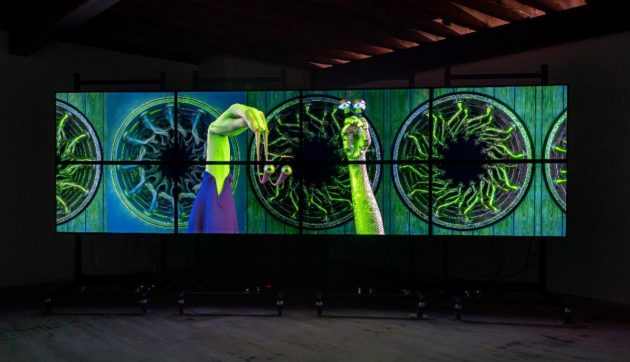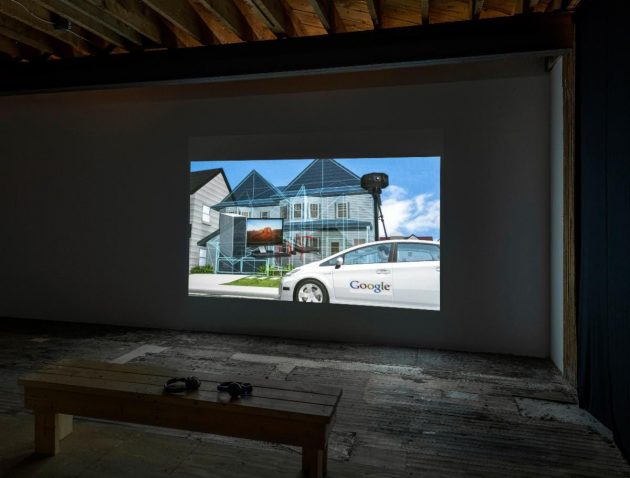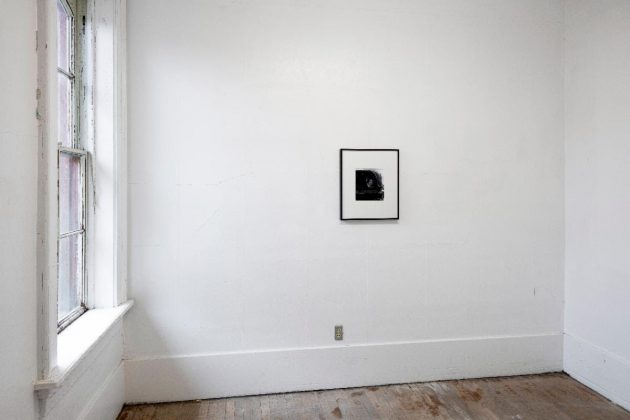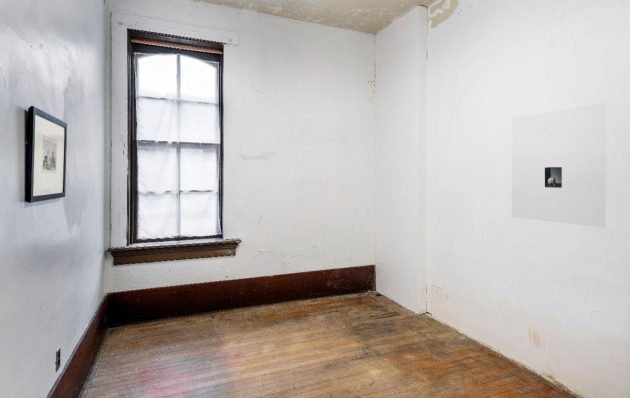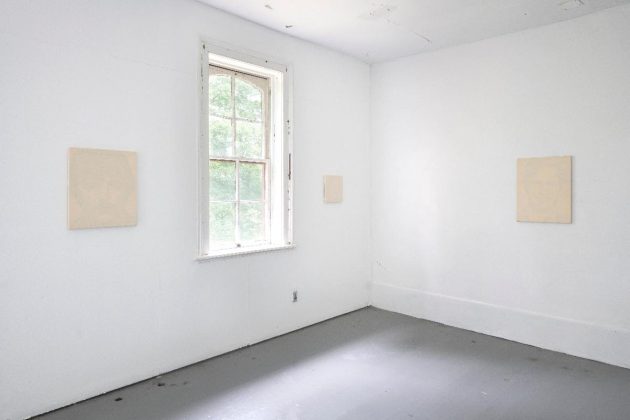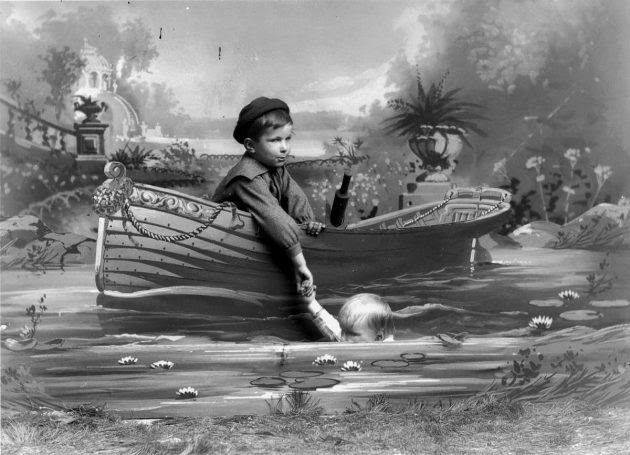
Model Home: After Wisconsin Death
August 19, 2022 - August 10, 2023
Peggy Ahwesh
Nuotama Bodomo
Francisco Goya
Dorothea Lange
Louise Lawler
Diane Nerwen
John Schabel
Charles Van Schaick
Peter Scott
Phil Vanderhyden
They were trying to save their souls- and who but a fool could fail to see that all that was the matter with their souls was that they had not been able to get a decent existence for their bodies? Upton Sinclair, The Jungle, 1906
Buried beneath the perpetually renewable culture wars, America's class divide has become an abyss. Reducing political agency to a color-coded map, cable TV pundits hammer away at crude, imaginary borders between the red and the blue, while regularly decrying the polarized state of the nation.
Despite obvious links between one’s economic circumstances and their political interests, an ever widening income gap affecting millions of people from across the political spectrum is largely ignored in favor of endless coverage of the fireworks between the two major parties. With no identity to speak of, those marginalized by economic policies that fail to serve their interests are left to fend for themselves, fomenting an alienation from the political process which represents a far more likely source of America’s polarization.
In an apparent backlash against the progressive economic reforms of the New Deal period, the American media and political classes often rely on punitive, Neo-Victorian austerity policies meant to “discipline” the underclass into accepting their plight. With human interest stories focusing on individual responsibility (read: fault) or condescending sentimentality over the failings of society as a whole, true reform or change is kept in check in favor of a perpetual affirmation of America’s mythological claims to a uniquely effective system designed to promote social mobility.
Owing their origins to British Utilitarian philosopher Jeremy Bentham, (the originator of the panopticon) poor farms in the U.S. can be traced to the “poor laws” of 18th Century England which led to the creation of a “total institution” affording complete control over a subject’s behavior in order to better institute social reforms. Recalling its original function as a site of domesticity, labor, and detention intended to “cure” social ills while reinforcing social hierarchies, Model Home addresses the practical and theoretical histories of the Poor Farm in Little Wolf, Wisconsin, treating the site simultaneously as a venue and actor in the theme of the exhibition. Model Home, (Part One), After Wisconsin Death Trip, incorporates material from Michael Lesy’s classic 1970’s era account of late 19th Century life in Black River Falls, Wisconsin, one hundred miles west of the Poor Farm. Combining photographs of local photographer Charles Van Schaick with contemporaneous news stories from the local paper, the Badger State Banner, Wisconsin Death TripOpens in a new window describes a small Midwestern town besieged by ongoing plagues and economic misfortune.
Incorporating photographs and newspaper accounts of tragic events from a town in crisis with images of everyday life as well as staged portraits, the wide-ranging nature of the material along with its parallels to the often morbid contents of today’s all-encompassing “24-hour news cycle” lends the historical origins of the texts and images a remarkable contemporary relevance.
Accompanied by historical and contemporary artworks that examine the intrinsic rapport between the daily news, morbidity, and an almost unconscious maintenance of class conditions, Model Home, After Wisconsin Death Trip aims to underline the key roles that locality, history, and mass media narratives might play in shaping our understanding of a particularly fraught moment in contemporary American life.
